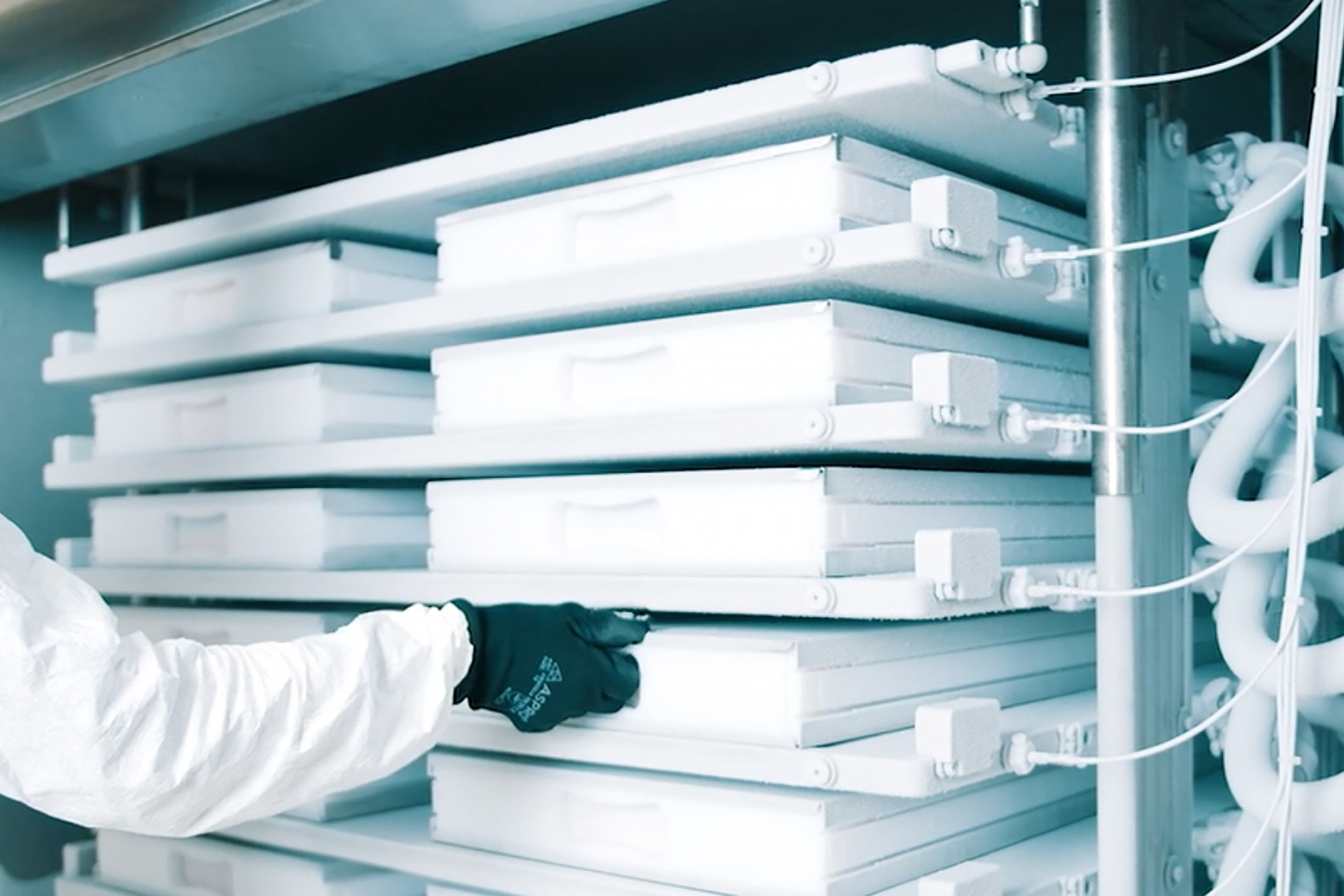Microbial fermentation is a process that has been utilized for thousands of years to produce foods, beverages, pharmaceuticals, and other products. In recent decades, advancements in microbiology, genetic engineering, and fermentation technology have led to dramatic improvements in the speed and efficiency of industrial fermentation processes. This has enabled higher productivity and lower costs for manufacturers across industries including pharmaceuticals, fuels, chemicals, food ingredients, and protein expression.
This article will explore six key advancements that have contributed to faster, more efficient fermentation processes:
1. Development of Superior Strains
A huge factor in improving fermentation efficiency has been the isolation or generation through genetic engineering of strains that exhibit desirable characteristics. Researchers have isolated wild microorganisms from diverse environments or created mutants and hybrids in the lab with properties such as higher productivity, utilization of a wider range of sugars, tolerance to higher alcohol levels, resistance to phage infections, and more stable fermentation performance.
Superior strains have also been critical for increasing the efficiency of protein expression through microbial fermentation. Microbes like E. coli, Pichia pastoris, and Saccharomyces cerevisiae have been genetically engineered to optimize protein folding, post-translational modifications, and secretion of functional proteins. This has boosted protein yields.
2. Optimized Media and Growth Conditions
Along with superior strains, fine-tuning the nutrients, minerals, and growth factors that make up fermentation media has been key. The specific requirements of strains are analyzed to optimize sugar sources, nitrogen, phosphorus, oxygen levels, and micronutrient concentrations in the media. This promotes healthy, rapid cell growth and metabolism.
Growth conditions like temperature, pH, and dissolved oxygen are also tightly controlled and adjusted dynamically based on the stage of the fermentation process. For example, cooling may be employed during peak metabolic activity to remove excess heat. Advanced bioreactors sense gases, sugars, and metabolites real-time and automatically control conditions for optimal performance.
3. Higher Cell Density Cultures
Innovations in bioreactor design now facilitate vastly higher microbial cell densities during fermentation compared to traditional processes. Cell densities of over 150 g/L are possible, whereas a typical brewing fermentation may reach only 8-12 g/L. This is achieved through highly aerated, continuously stirred tank reactors and specialized equipment like spin filters that separate cells from the media.
For protein expression, higher cell densities mean more cells expressing the protein of interest, allowing for higher protein yields per liter. High-density fermentation techniques have increased protein productivity up to 100 fold compared to conventional processes.
4. Continuous Fermentation Processes
Most industrial fermentations were historically carried out in batch mode, with a finite start and end point. However, continuous fermentation configurations are now employed to achieve dramatic increases in productivity. In continuous fermentation, sterile media with sugars and nutrients is constantly flowed into the bioreactor while the same volume of fermented broth containing products flows out.
Microbes are retained in the bioreactor through various techniques like cell recycling, immobilization, or membrane filtration. Continuous processes have been shown to substantially increase yields of recombinant proteins compared to conventional batch cultures. Productivity is enhanced by extended fermentation times at peak cell density.
5. Faster Microbial Metabolism
While optimizing external physical and chemical growth conditions is important, directly engineering the microbial strains themselves to exhibit faster metabolisms has also driven gains in fermentation speed and efficiency.
Techniques like mutagenesis, genetic engineering, and directed evolution have generated strains with accelerated sugar uptake rates, higher metabolic fluxes, and faster conversion of substrates to products. For example, fluxes in the central carbon metabolism pathway of common bacteria like E. coli have been augmented to increase yields of desired metabolites. Likewise, S. cerevisiae mutants for ethanol production have been developed with accelerated glucose to ethanol conversion rates.
Enhancing microbial respiration and ATP generation machinery has also proven effective. When equipped with more efficient cellular metabolisms, microbial strains simply convert feedstocks to products faster under standardized conditions.
6. Advanced Monitoring and Control Systems
Lastly, advanced automation and computer control systems have been transformational for optimizing fermentation productivity, yields, and consistency. Sophisticated sensors closely monitor variables and automated systems handle procedures between batches.
For protein expression, advanced monitoring tools precisely track protein expression kinetics. This allows for data-driven optimization of media feeding strategies to maximize target protein production.
Together, these innovations have expanded fermentation’s utility for efficient, large-scale protein production. Further improvements are expected through multi-stage continuous processes and in-line monitoring technologies. With enhanced speed, efficiency, and flexibility, microbial fermentation will continue growing as a premier biomanufacturing platform.
Summary
Going forward, further improvements are expected in continuous multi-stage configurations tailored to specific products, highly specialized microbial engineering, and the integration of advanced in-line monitoring tools like Raman spectroscopy for greater process insight. With enhanced speed, efficiency, and flexibility, microbial fermentation will continue growing as a foundational biomanufacturing platform.









